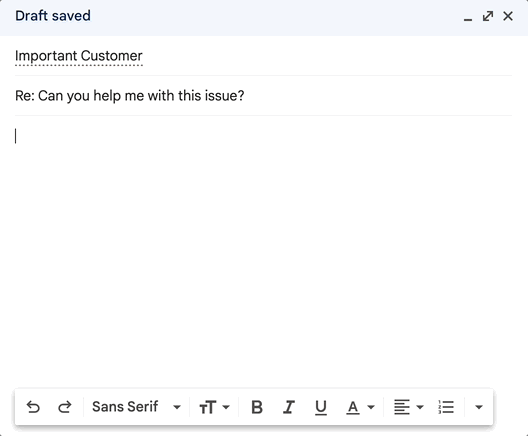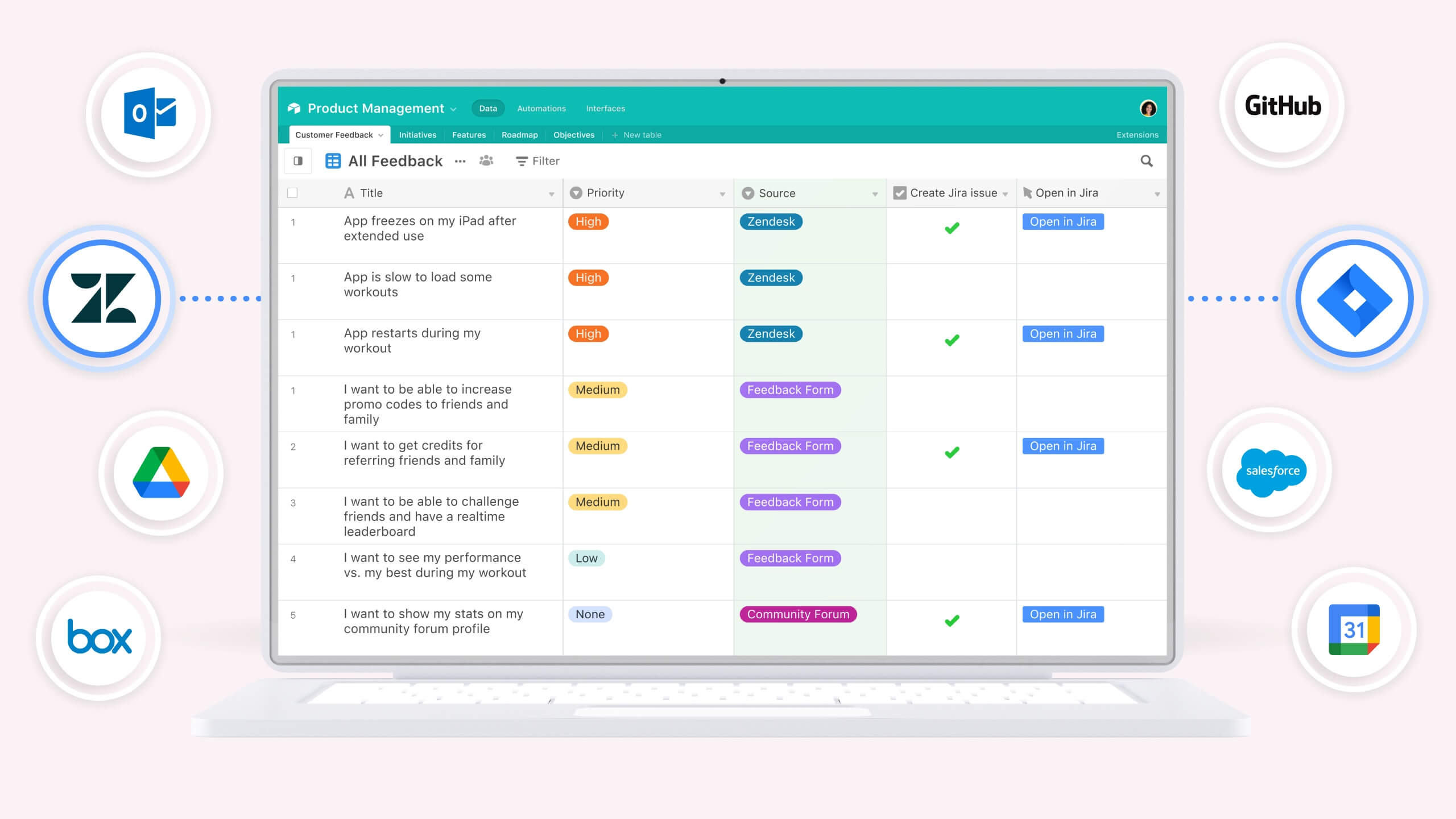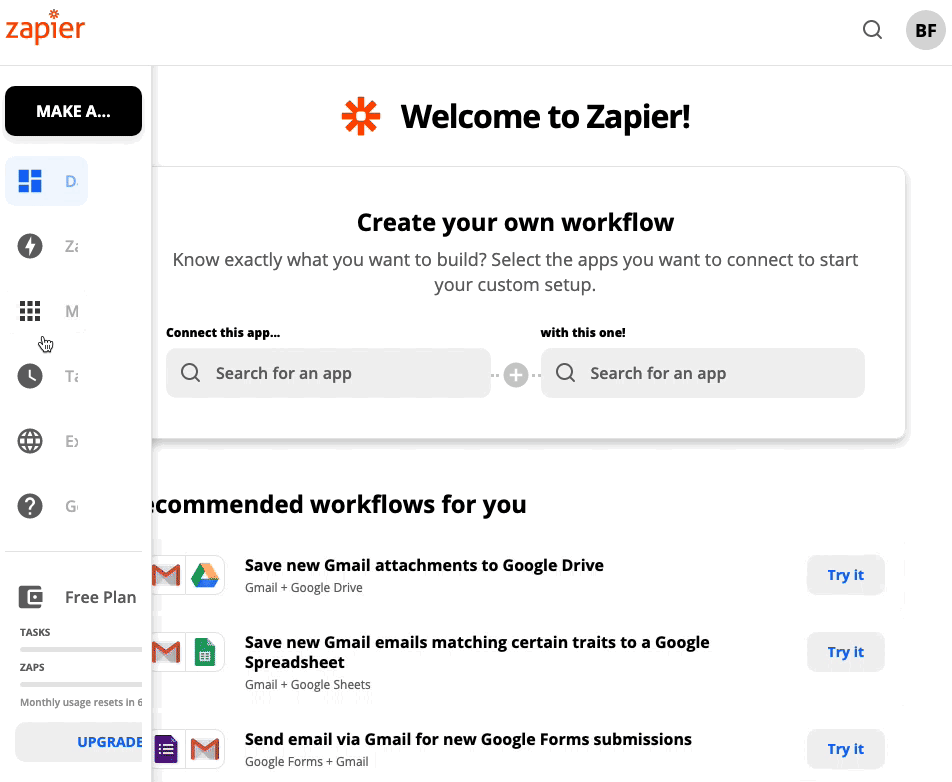Workflow Workflow Management Software
Streamline & automate your workflows using these workflow management tools.
In the evolving business environment, efficient management of workflows is not merely a luxury, it's a necessity.
Workflow management simplifies the coordination of tasks, improves productivity, and optimizes operations.
In fact, McKinsey estimates, that about 60% of people could save 30% of their time by utilizing workflow automation and workflow management.
In this article, we'll break down the essentials of workflows, their management, and why it's an integral part of running successful businesses, as well as provide X tools you can use to manage your workflows today.
What Exactly Are Workflows?
Workflows are the orchestrated and repeatable patterns of business activities/tasks that are necessary to complete a specific goal, like delivering a service or creating a product.
They provide a road map of tasks, defining who does what, and in what order. From generating an invoice to approving an expense report, workflows are an integral part of any business.
In essence, workflows create an organized model for task execution, allowing businesses to streamline their processes and reduce the likelihood of error.
They act as blueprints that ensure all tasks are carried out efficiently and in an orderly fashion. This, in turn, enhances overall operational efficiency and productivity.
What Is Workflow Management?
Workflow management refers to the coordination of tasks that make up the work's structure within an organization. It's the process of overseeing, controlling, and improving these tasks to enhance business efficiency.
Workflow management involves identifying bottlenecks, redundancies, or inefficiencies in the workflow, and then finding ways to improve them.
The goal of workflow management is to create a seamless and effective process where each task connects smoothly with the next. It includes mapping out workflows, automating repetitive tasks, tracking performance, and constantly iterating on the process for improvement.
Workflow automation is one popular technique that involves automating aspects of your workflow using tools/software to save time.
SOPs & decision trees are useful tools that businesses use to help manage workflows, reduce misroutes, and improve decision-making.
Benefits of Workflow Management
Increased Efficiency and Cost Savings
Workflow management notably increases efficiency by streamlining processes, which eliminates unnecessary steps and redundancies. This reduction in time and resources results in significant cost savings as tasks are completed more quickly and with greater accuracy.
Enhanced Transparency and Accountability
Workflow management brings about enhanced transparency and accountability within an organization. With a clear workflow, it's easier to monitor who is responsible for each task, the status of the task, and who is next in line.
This enhanced visibility improves communication and cooperation among team members, fostering a more collaborative and accountable working environment.
Better Quality Control
Workflow management helps to standardize processes, which is a significant advantage when it comes to quality control. Standardized procedures mean there's less room for error, ensuring that the end product or service is consistent and meets the set quality standards.
Employee Satisfaction
Efficient workflow management can also have a positive impact on employee satisfaction. By clearly outlining tasks and responsibilities, employees understand exactly what is expected of them, reducing confusion and stress.
Furthermore, the increased efficiency can lead to a more productive work environment, which often correlates with higher levels of job satisfaction.
Tips For Managing Workflows
Identify and Map Your Workflow: Start by understanding and outlining all the tasks involved in completing a particular process.
Automate Repetitive Tasks: Automating routine tasks saves time and reduces the possibility of human error.
Monitor Performance: Regularly track and analyze the efficiency of your workflows to identify areas for improvement.
Improve and Optimize: Never be content with the status quo. Always look for ways to enhance your workflow and make it more efficient.
Invest in the Right Tools: Employing suitable workflow management tools can simplify the process of creating, managing, and optimizing workflows.
5 Best Workflow Management Software
Text Blaze

If you are looking for a way to automate your workflows and save time, give Text Blaze a try. With Text Blaze, you use keyboard shortcuts to insert smart text templates anywhere you work.
Text Blaze helps you eliminate repetitive typing and automate common tasks. Whether you are managing sales workflows or customer support workflows, Text Blaze helps you do it faster.
With Text Blaze, you can:
- Streamline workflows and automate repetitive typing.
- Create SOPs & decision trees to make sure your team gets the right message every time.
- Personalize emails and messages with forms (placeholders) so that you don't lose your personal touch.
The example below shows how you can use Text Blaze to create decision trees for IT troubleshooting.
Is a software license required? {formmenu: ; yes; no; name=licensereq}{if: licensereq=no}
Is the software approved? {formmenu: ; yes; no; name=softapproved}{endif}{if: licensereq=yes}
{error: Follow software procurement process.}{elseif: softapproved=no}
{error: Follow approval process.}{elseif: licensereq=yes or softapproved=yes}
Install the requested software.{endif}{endnote}
Join thousands of teams who are using Text Blaze templates.
Asana

Asana stands out as an intuitive tool that helps manage workflows effectively. With its easy-to-use interface, teams can track progress and coordinate tasks effortlessly.
Its comprehensive set of features like task assignment, status updates, and project timelines ensure streamlined operations and improved productivity.
Airtable

Airtable combines the structure of a database with the flexibility of a spreadsheet. It's excellent for managing complex workflows as it offers features like grid view for task tracking, kanban boards for project management, and built-in integrations with other tools.
Monday.com

Monday.com provides a visual approach to workflow management. It features customizable workflow templates, automation capabilities, and advanced reporting tools. With its clear, visual layout, teams can see at a glance where they are in a process and what needs to happen next.
Zapier

Another useful workflow management tool is Zapier. Zapier acts as a bridge between your favorite apps, creating automated workflows called Zaps.
The true power of tools like Zapier lie in their expansive integration capabilities. They enable you to automate repetitive tasks, freeing up time and resources for more strategic activities.
Join thousands of teams who are using Text Blaze templates.
Conclusion
Understanding workflows and investing in their management is essential for businesses seeking to optimize their processes and improve productivity.
Use Text Blaze to streamline your workflows, automate repetitive typing, and make sure your team gets the right message every time.




